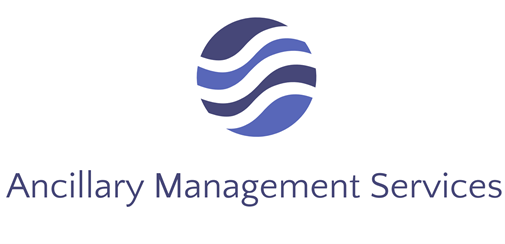The primary duty of a healthcare provider is to safeguard and promote the safety and well-being of their patients. This includes not only diagnosing and treating medical conditions but also educating patients about potential drug interactions.
Drug interactions can have serious consequences, including adverse reactions and treatment inefficacy. To address this concern effectively, many physicians are considering in-office dispensing programs as a valuable addition to their clinics. Here are some essential tips for talking to patients about drug interactions and how in-office dispensing can play a pivotal role in enhancing medication safety.
1. Stay Informed and Updated
The field of pharmacology is constantly evolving, with new drugs and updated guidelines emerging regularly. Physicians must stay informed about the latest research on drug interactions. This knowledge enables them to provide accurate and up-to-date information to patients. However, keeping up with the ever-expanding list of potential interactions can be challenging. In-office dispensing programs often come with advanced software that can help reference patients’ medication profiles and flag potential interactions. This tool can be revolutionary in ensuring medication safety.
2. Communicate Honestly
Effective communication is the cornerstone of patient care. When discussing drug interactions, it’s essential to be open and honest with patients. Providers should use plain language and avoid medical jargon to ensure patients understand the risks and benefits of their medications fully. They must also emphasize to patients the importance of disclosing all medications, including over-the-counter drugs and supplements, since these can potentially interact with prescription medications. In-office dispensing can enhance this communication by offering a controlled environment where patients feel at ease sharing their complete medication history.
3. Empower Patients with Information
Education is key to empowering patients to take an active role in their health care. Providers can offer written materials or direct patients to reputable online resources where they can access comprehensive information about their medications and potential interactions. In an in-office dispensing program, providers can create customized medication information sheets tailored to each patient’s prescriptions. This personalized approach enhances patient understanding and encourages them to make informed decisions about their treatment.
4. Monitor and Follow Up
Drug interactions can sometimes go unnoticed until they cause problems. Regular monitoring and follow-up are essential components of ensuring medication safety. In-office dispensing allows providers to establish a closer connection with their patients. They can schedule follow-up appointments to assess their progress, monitor for adverse effects, and adjust medications if necessary. This proactive approach can help identify and address potential drug interactions before they become serious issues.
5. Utilize Technology for Medication Management
In today’s digital age, technology plays a crucial role in health care. In-office dispensing programs often come with integrated electronic health records and pharmacy management systems. These systems can help manage patients’ medication profiles with greater efficiency. They can also provide alerts and reminders, reducing the likelihood of medication errors. Additionally, technology can assist in tracking patient adherence and sending automatic notifications for prescription refills or follow-up appointments.
The Role of In-Office Dispensing
In-office dispensing can complement and enhance physicians’ ability to educate their patients on drug interactions. Some practical ways that direct dispensing can help physicians prevent poor drug interactions include:
Real-Time Interaction Alerts: In-office dispensing software can provide real-time alerts when potential drug interactions are detected. This immediate feedback allows physicians to address the issue with the patient right at the point of care.
Personalized Medication Counseling: With in-office dispensing, providers can offer personalized medication counseling to each patient. This one-on-one interaction provides an ideal setting to discuss potential interactions and answer any questions or concerns.
Medication Reconciliation: In-office dispensing programs often include medication reconciliation features, making it easier to track changes in a patient’s medication regimen and identify potential interactions when new medications are prescribed.
Customized Medication Packaging: Some in-office dispensing systems offer customized packaging, such as blister packs with pre-sorted medications for each dose. This reduces the risk of medication errors and makes it easier for patients to manage complex medication regimens.
Patient Education Materials: In-office dispensing allows providers to create and provide customized patient education materials that specifically address the medications they prescribe, including potential interactions. These materials can serve as valuable resources for patients.
Improve Quality of Care by Educating Patients on Drug Interactions
Discussing drug interactions with patients is a critical aspect of safe and effective health care. By staying informed, communicating openly, empowering patients with information, monitoring their progress, and utilizing technology, physicians can significantly enhance medication safety. In-office dispensing programs offer valuable tools and resources to support these efforts, ultimately leading to better patient outcomes and improved healthcare quality overall.

